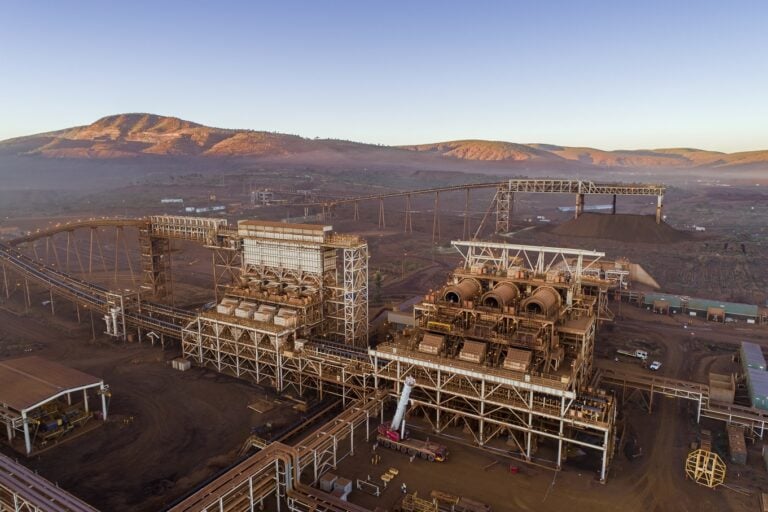
Fortescue Metals Group, an Australian mining giant, has submitted plans for a 644MW solar PV power plant in the mineral-rich Pilbara region of Western Australia to the state Environmental Protection Authority for approval.
The Turner River Solar Hub is being proposed approximately 120km south of Port Hedland. It would support the mining company in decarbonising its operations in the region by connecting to Fortescue’s existing Pilbara Energy Connect (PEC) transmission system.
Try Premium for just $1
- Full premium access for the first month at only $1
- Converts to an annual rate after 30 days unless cancelled
- Cancel anytime during the trial period
Premium Benefits
- Expert industry analysis and interviews
- Digital access to PV Tech Power journal
- Exclusive event discounts
Or get the full Premium subscription right away
Or continue reading this article for free
The PEC initiative aims to establish a renewable energy ecosystem in the Pilbara by integrating solar PV plants, wind installations, battery energy storage and a 750km transmission network to power the company’s iron ore operations.
If approved, the project would have a lifespan of 25 years and will either be repowered or decommissioned at the end of life.
According to the application, the PV plant will connect to the PEC via 5km of 220kV transmission spur lines, which will connect to the North Star Junction substation being constructed as part of the Pilbara Transmission Project.
33kV distribution lines will be situated throughout the PV plant. The application also includes developing a co-located battery energy storage system (BESS), the size of which has not been disclosed.
The Turner River solar PV plant will complement the existing 100MW solar PV project at North Star Junction, which was completed in the 2024 financial year, and the 60MW solar PV project at the Chichester Solar Gas Hybrid Facility, commissioned in 2021.
Both of these projects are a part of the company’s broader aim to decarbonise the Iron Bridge magnetite mine. Iron Bridge, located 25 km west of the Turner River proposal, produces a wet concentrate product that is transported to Port Hedland through a 135km specialist slurry pipeline, where dewatering and materials handling occur.
Fortescue aims to fully decarbonise its operations by 2030. The organisation said that by the end of the calendar year 2030, 100% of its electricity demand will be met by renewable energy sources.
It added that detailed power system modelling suggests it will need at least 2-3GW of wind and solar, supported by battery storage, to satisfy its energy needs.
Australian mines deploying solar PV to decarbonise
Australia possesses one of the largest mining industries in the world, providing a unique opportunity to implement PV systems and other renewable energy technologies to decarbonise operations. This approach is a crucial step towards establishing a green metals value chain, which has the potential to create significant economic opportunities for the country in the future.
In terms of direct decarbonisation of Australian mines using solar PV, most of the projects appear to be in the mining heartlands of Western Australia, Northern Territory and Queensland.
Alongside Fortescue’s deployment of solar PV, Pacific Energy, a distributed energy company, revealed in October 2024 that it had signed an agreement with mining company Gold Fields to deploy a 35MW solar PV power plant at the Gold Fields’ St Ives mine site, located around 80km south of Kalgoorlie Eastern Goldfields in Western Australia.
In Queensland, British Australian multinational mining company Rio Tinto recently signed two hybrid services agreements (HSA) to procure 90% of the power and energy storage capacity generated from Smoky Creek and Guthrie’s Gap solar PV plant for 20 years.
Located in Central Queensland, 75km south of Rockhampton and 40km north of Biloela, the adjacent Smoky Creek and Guthrie’s Gap Solar Power Stations will together feature 600MWac of solar PV and a BESS 600MW/2,400MWh.






